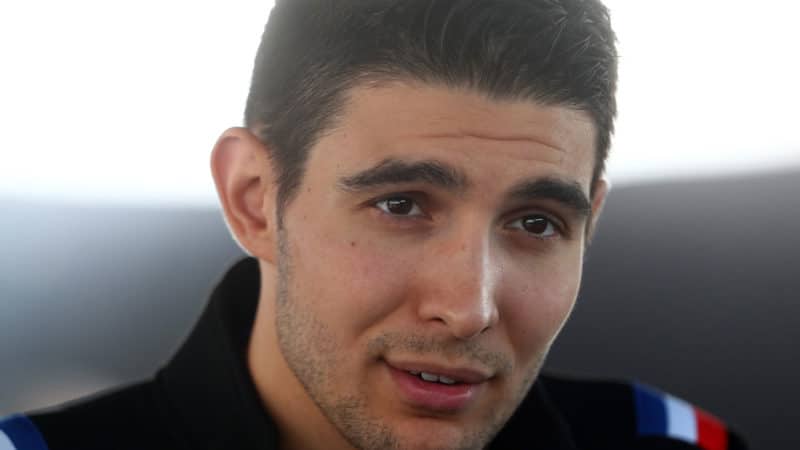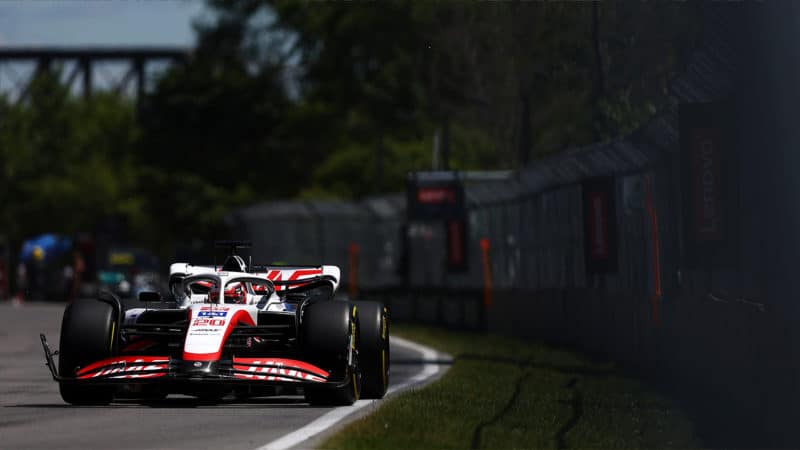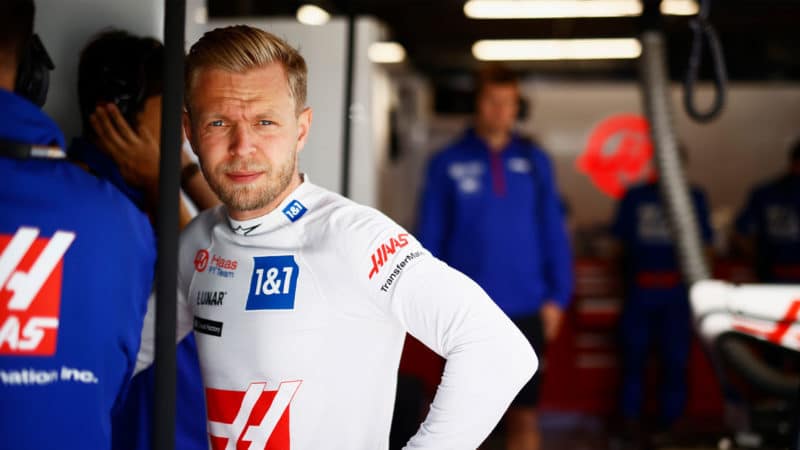“I was just talking to Ocon now and he was just joking how he told the FIA that it was really bad.
“If you know you can influence the FIA like that, you’re going to do it, aren’t you? Which is what he did. Fair play. But you’ve got to let us drive with that s**t, it’s nothing.”
It’s a fine line that the FIA has to tread. As the porpoising row has shown all-too-clearly, teams sometimes need saving from themselves in order to ensure the safety of those involved, because it’s tempting to risk it if there’s a performance trade-off to be had.
Haas, understandably, is not going to pit Magnussen while the endplate stayed attached and he wasn’t losing performance to a level that would have made a front wing replacement a quicker route to the end of the race.
Alpine, understandably, is going to try and get a car out of its way to try and find its quickest way to the end of the race. And messages like Ocon’s are commonplace as drivers and teams try to find any competitive advantage.
But it was another one of Magnussen’s quotes that caught my attention, and does raise a valid point.

Ocon made his feelings about Magnussen’s front wing known over the radio, as is common in F1
Grand Prix Photo
“I was keeping up, the car was fine. The front wing was safe, it was not broken off. Think back to Jeddah last year, Lewis Hamilton won the race with half a front wing… which I think is correct, you know, let us race if we can.
“It feels like suddenly it’s very different. Monaco they don’t start us because it starts drizzling. Here I’m called in because I have a scratch on my front wing…”
To debunk that slightly, Hamilton did not have the same size piece of wing that was coming loose while running, as the majority of debris broke off in his contact with Max Verstappen at the time. The FIA will have looked at it and decided the wing was not at risk of throwing bigger sections into the path of a following car.




